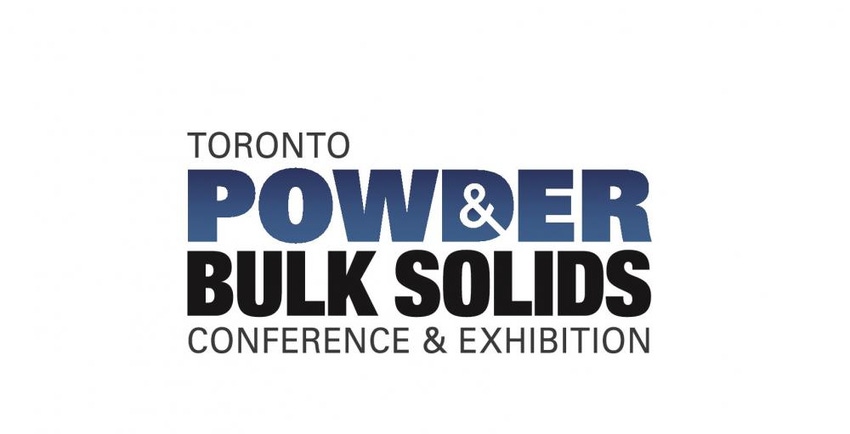June 16, 2015

When it comes to dust collection systems maintenance, one of the easiest problems to avoid may be one of the simplest: managing the documentation that comes with the system.
Users of dust collection systems will spend hundreds of thousands of dollars on dust collection systems, but if they can’t find the documentation, they won’t know how it operates, according to Gary Johnson, chemical engineer and consultant with Workplace Exposure Solutions.
But in his years of experience consulting with dust collection system operators, not having paperwork is among the least of their problems. “What I find is a lot of people who don’t understand how dust collection systems work,” Johnson said. “They don’t view it as part of the process.”
Johnson intends to address dust collection systems maintenance as part of his conference session Thursday at Powder Show Canada, currently taking pplace at the Toronto Congress Centre in Toronto, Canada. During his more than one-hour session, Dust Collection System Maintenance and Troubleshooting, Johnson plans to discuss preventative maintenance for dust collection systems, how to ensure the systems continue to perform and discuss how certain parts of a dust collector can degrade over time.
Listen to Gary Johnson discuss dust collection systems at Powder Show Canada June 18, 2015 in Toronto, Canada. |
Johnson will also be giving a one-hour equipment tour on Wednesday beginning at 3pm as part of the Center Stage presentation at Powder Show Canada.
One of the reasons that Johnson thinks that people don’t often understand dust collection systems is that they are not familiar with the explosibility of combustible dust. “Most people have experience that flammable vapors are dangerous,” Johnson said. “Most people haven’t had a combustible dust explosion.”
To operate a successful dust collection system, users should follow some certain steps, Johnson said. Those steps can include: following regulatory requirements, commissioning a baseline system, effective monitoring and maintenance, and trained operators.
Having trained operators are one of the main areas where dust collection systems experience problem, Johnson said. Many dust collection system operators don’t understand the physics of the system, such as air flow, or when certain parts of the system need to be replaced.
“The system begins to degrade as soon as you turn it on,” Johnson said.
Joe Florkowski is managing editor for Powder & Bulk Solids. He can be reached at [email protected]
For related articles, news, and equipment reviews, visit our Dust Collection & Air Pollution Control Equipment Zone.
Click here for a List of Dust Collection & Air Pollution Control Equipment Manufacturers.
You May Also Like


